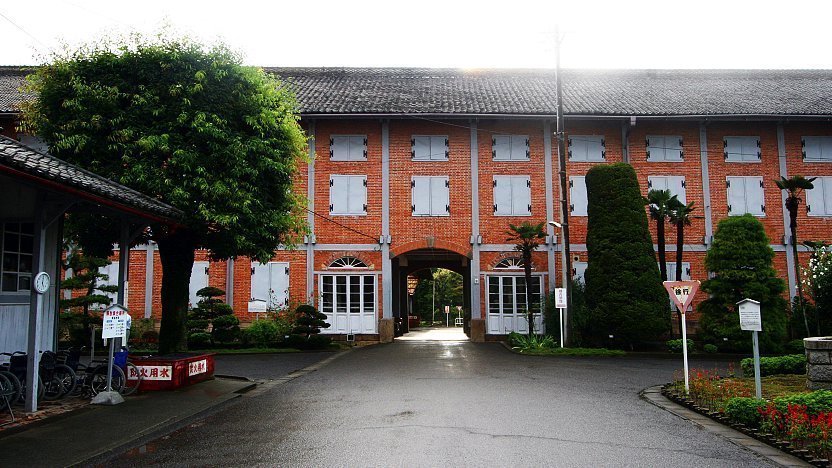
Established in 1872, the Tomioka Silk Mill (富岡製糸場, Tomioka Seishijō) is Japan's first modern silk factory for processing silkworm cocoons into raw silk. The mill was built as a model factory by the Japanese government with the help of French specialists to improve the quality of silk produced in Japan through the use of modern machines and advanced working conditions for its workers. It was part of far-reaching efforts by the government of the Meiji Period to modernize Japan and catch up to the West.
The Tomioka Silk Mill received World Heritage status in 2014 for its crucial role in making Japanese silk a major, international trade commodity and establishing the textile industry as the country's most important industry, which it remained for many decades into the 20th century. Interestingly, several of today's leading car manufacturers are connected to the textile industry: Toyota has its roots in the loom making business, while some of Nissan's engines evolved from automatic silk reeling machines.
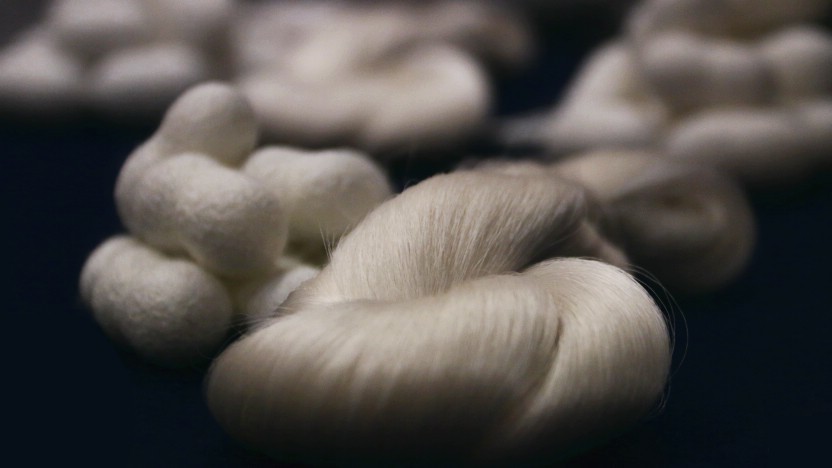
The town of Tomioka was chosen as the silk mill's site for various reasons: good transportation infrastructure for sending the silk to Yokohama Port, availability of sufficient land to build such a large factory complex, abundant fresh water needed in raw silk production, its proximity to natural cold storage facilities where silkworm eggs could be stored until needed, and availability of natural resources such as coal in the region.
The Tomioka Silk Mill consists of multiple buildings that have been very well preserved over the decades to closely resemble their original appearances. The most prominent buildings are three, long brick buildings. One of them is the silk reeling mill where the silkworm cocoons were reeled into silk reels. The building now houses the relatively modern reeling machines used in the 1980s when the factory was closed. The other two brick buildings are the east and west warehouses used to store silkworm cocoons.
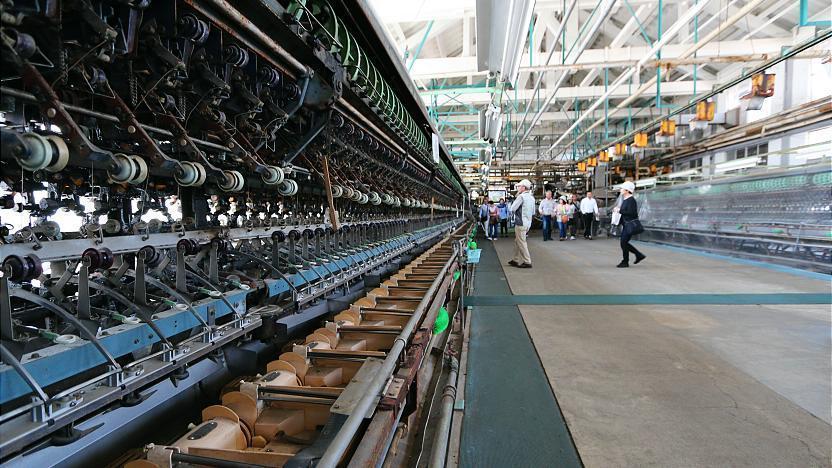
Other buildings of note include the luxurious Brunat House, where the mill's French head manager, Paul Brunat, and his family lived, spacious dormitories for male and female French staff, and ordinary dormitories for the Japanese workers who were mostly female. The chimney used for burning coal to power the mill in the pre-electric era is also still standing.
Visitors are allowed to enter the silk reeling mill, and the east and west warehouses where some exhibits are displayed, but the other buildings can only be viewed from the outside. Guided tours are held in Japanese for 200 yen. Alternatively, audio tours in various languages can be downloaded for free to one's smartphone.
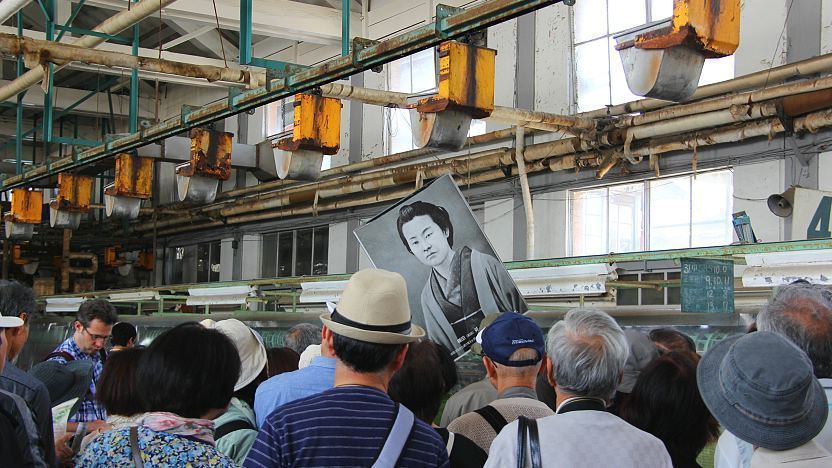
Getting there and around
By train
Take the Joshin Railway from Takasaki to Joshu-Tomioka Station (35 minutes, 810 yen one way, 2 trains/hour) from where the silk mill can be reached in a 10-15 minute walk. A special round trip ticket is available for 2200 yen that also includes admission to the silk mill. The Machinaka Loop Bus connects the station with a parking lot to the east of the station and the silk mill every 40-60 minutes (100 yen/ride).
By car
The silk mill is about ten minutes away from Tomioka IC on the Joshinetsu Expressway. There is no parking in the immediate vicinity of the silk mill, but a large, free parking lot is located near Joshu-Tomioka Station, a ten minute walk away from the silk mill, while multiple smaller, paid parking lots are found closer to the silk mill.
How to get to and around Tomioka
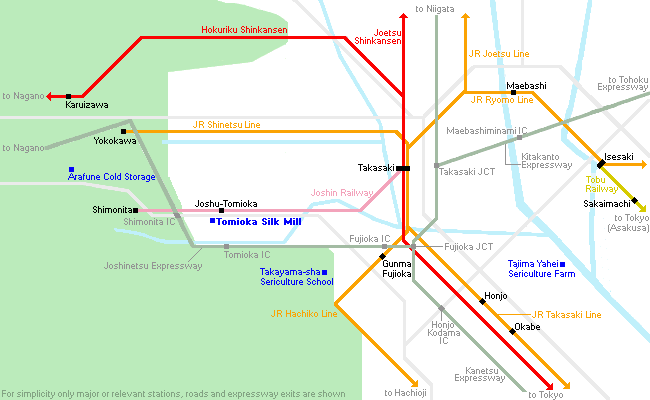
Hours and Fees
Hours
Closed
Admission
Typical Visit Duration
Questions? Ask in our forum.